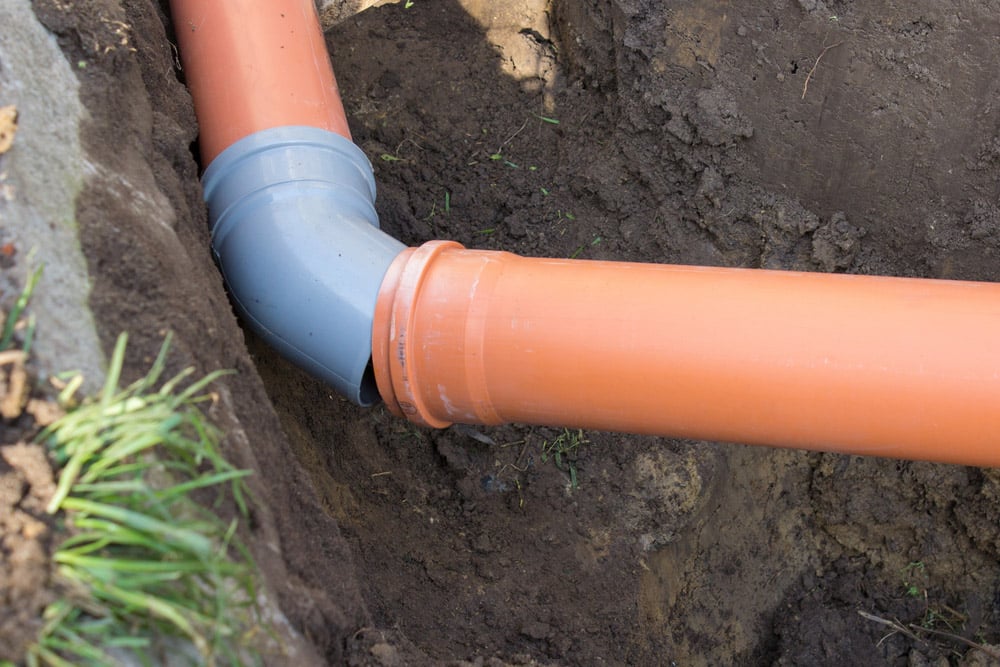The environmental sustainability of our everyday activities is a responsibility we all share. It also includes less discussed yet equally important actions, like pipe relining. When done correctly, pipe relining has the potential to positively impact our environment. This blog aims to explore those beneficial outcomes.
The Environmental Benefits of Effective Pipe Relining
Although pipe lining and relining are technical and precise methods, they offer an eco-friendly alternative to traditional pipe repair.
Reduced Excavation Means Less Disruption
Unlike traditional methods that require extensive excavation, pipe relining works within the existing pipeline. It reduces disturbance to the soil and surrounding ecosystems.
Convervation of Resources
By repairing pipes from the inside, pipe relining conserves valuable resources. There’s a significant decrease in the use of new materials and the energy consumption associated with manufacturing and transportation.
Longevity and Durability
Correctly relined pipes may last as long as new pipes. This extended durability means fewer repairs, less frequent replacements and, ultimately, a more sustainable infrastructure.
Addressing Soil Contamination: The Role of Effective Pipe Relining
Soil contamination poses a silent threat to our environment, often exacerbated by leaking or damaged underground pipes. Effective pipe relining directly addresses this issue, offering a solution that seals pipes from within, preventing harmful leaks. The process stops contaminants from escaping into the soil and blocks external pollutants from infiltrating the water supply. This ensures the preservation of soil health and water quality, both of which are essential for our environment’s well-being.
Traditional Pipe Repair vs Pipe Relining: Asessing the Environmental Impact
It’s important to understand how traditional pipe repair methods differ from pipe relining:
- Excavation Impact: Traditional methods often require significant excavation, disturbing wildlife habitats and leading to soil erosion and compaction. Pipe relining, conversely, requires little to no digging, preserving the natural landscape.
- Carbon Footprint: The carbon footprint of traditional repairs, with their heavy machinery and extensive transportation of materials, far exceeds that of pipe relining. The efficient use of resources in pipe relining results in a significantly lower environmental impact.
- Waste Generation: Traditional repairs often involve removing and replacing the old pipe with a new one, generating considerable waste. Pipe relining repurposes existing pipes, drastically reducing waste output. Essentially, the choice to reline pipes isn’t just about fixing plumbing problems; it’s a choice for a better, healthier environment.
Reach Out to Us for Pipe Relining Services
Opting for pipe relining is a clear choice for those who value sustainability, efficiency and environmental responsibility. If you’re ready to take this step, we’re here to guide and support you. Our pipe relining service offers a swift, practical and cost-effective solution to fixing your pipes. Save time and money with our service, backed by a team of experts trained in the latest pipe rehabilitation techniques. With the innovative Nuflow system, Flowwise deliver a versatile solution that adheres to a wide range of pipe materials, from copper and PVC to concrete. Curious about how our system works? Get in touch with us today to learn more!
